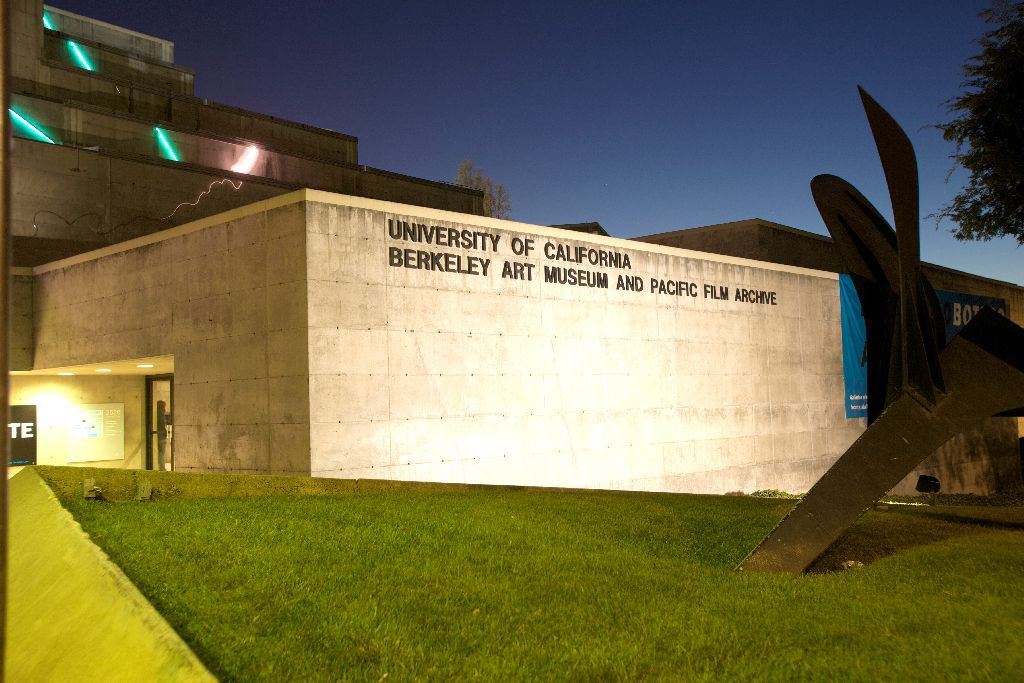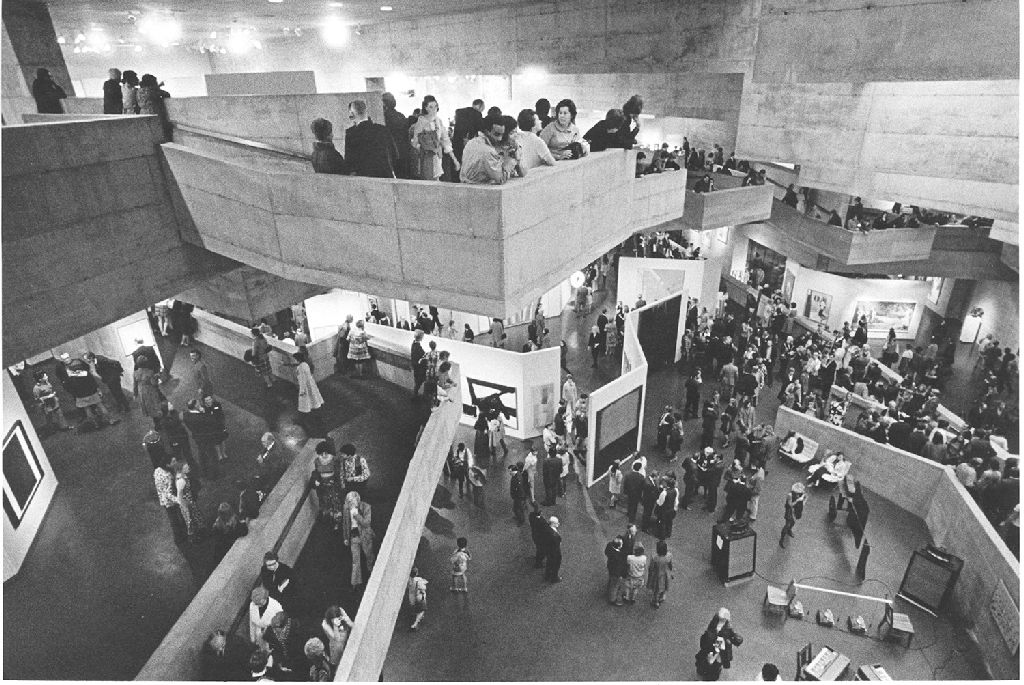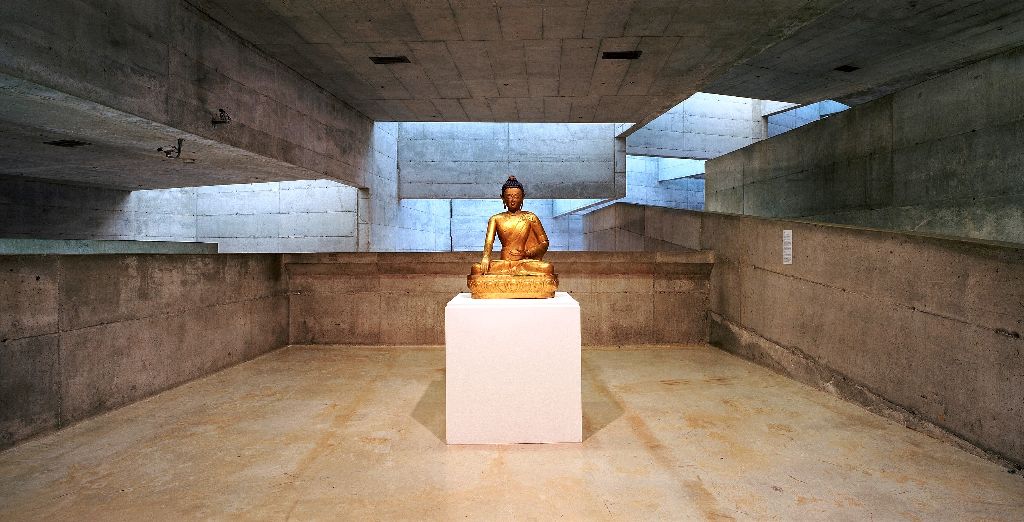
Brash Museum Says Bye-Bye
 |
|
|
It was a stunning building when it opened in 1970 and it remains stunning today, though at 44 years old it’s already standing on crutches. This month, after one last bash, it is closing down.
Come celebrate this wonderful building and museum on December 21. Artistic, musical and cultural events take place all day. In early 2016 the museum will reopen in a new building a few blocks away. Movie showings continue at the museum’s Pacific Film Archive across the street from the old museum.
The building, originally called the University Art Museum, is deeply loved by many Berkeleyans, modernism fans and visitors. It was named a city landmark in 2012.
The Berkeley Art Museum, recognized and richly awarded for being an architectural masterpiece on its opening, remains much admired to this day for its bold, cantilevered form. It’s the best form of architectural Brutalism, as the oft-derided style is called.
 |
|
|
Dean William Wurster of the University of California’s School of Environmental Design praised the building as being as beautiful as Bernard Maybeck’s Christian Science church in Berkeley, or as Corbusier’s Ronchamp.
Still, boldness can cause problems. The building was rated as “very poor” for seismic performance and retrofitted with crutch-like braces in 2001, after which it was rated as “poor.”
As for the future of the building, here’s what the museum’s website says:
“The campus will determine the future use of the Ciampi building, which will likely provide academic support and support space for campus units with space deficits. Upgrading the building is expected to include construction that would eliminate the open gallery space that the museum requires for its exhibition program. Thus, the building can be permanently braced, but only for another purpose.”
 |
|
|
In a 2005 interview the late Bay Area architect Mario Ciampi, who was 98 at the time, said his firm won the job by beating out 384 others in an international competition. Cost was a major factor, he recalled.
“I paid the contractors to do breakdown estimates of every material they used so I would know exactly what it cost, from toilet stalls to floor covering,” he recalled. The bid came in just under the budget. “Otherwise,” he said of the university, “they would have abandoned the project.
Much of the design was done by a young associate in Ciampi’s firm, the late Richard Jorasch, according to Jorasch himself in a 2005 interview. Another associate, Ron Wagner, also worked with Jorasch and Ciampi on the design.
Peter Selz, the museum founder and director at the time, recalled that it was Jorasch whom he worked most with during the development of the building.
Although the design, with its series of bravely cantilevered ramps slowly winding their way up and down in a large, unified space, seems wild, the motivation was functional, Jorasch said.
“The idea behind it was, in 1965 people were becoming aware of people in wheelchairs needing to get in,” he said. “The logical solution was ramp access.”
- ‹ previous
- 77 of 677
- next ›



